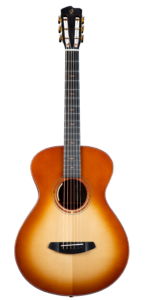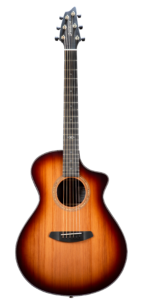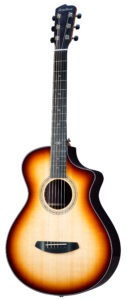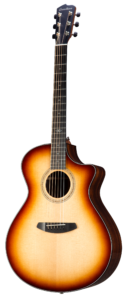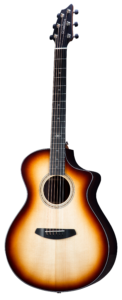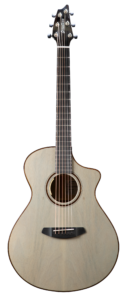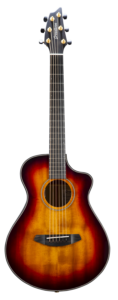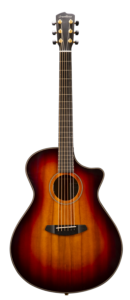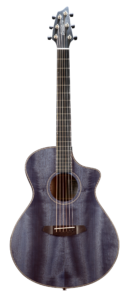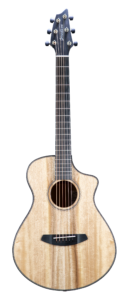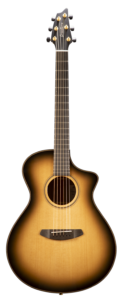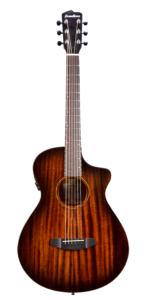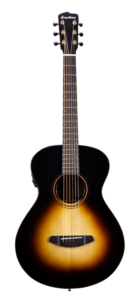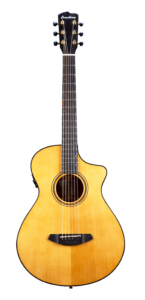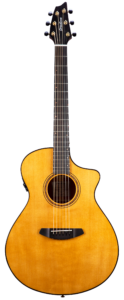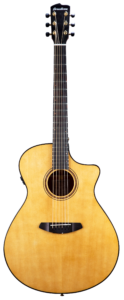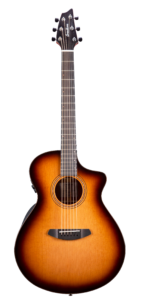Bubinga
Overview
Bubinga has reddish and bronze-like colors, with a tone similar to Indian rosewood. It is a bit denser than rosewood, which may contribute to its great sustain and clarity. Provides sustain and note separation with warm even tones, bright midrange, and a sparkle across the entire spectrum. Harder and heavier than both Brazilian and Indian rosewood. Medium texture with interlocking grain, its pinkish coloration oxidizes to a brownish red over time and often features a beautiful swirling grain pattern.
BUBINGA - A UNIQUE SOUNDING AND PLAYING GUITAR TONEWOOD OPTION
Bubinga is a famous type of tonewood that guitar makers have used for many years. Therefore, knowing about it's tone, history and application is very important during the wood selection process
About the Wood and Trees
The scientific name of the Bubinga wood is Didelotia Africana and it is part of the Guibourtia species. The Guibourtia tree flowers and belongs to the Fabaceae (legume family). This tree has thirteen African species and three South American species. These trees usually grow in swampy inundated forests and occasionally near lakeshores and rivers.
The trees grows to heights of 40-50m and have a trunk diameter of between 1-2m. The tree produces buttressed trunks and lumber with an acceptable amount of sturdiness. Bubinga has been in use for making guitars for many years. Another distinct characteristic of this wood is that it has interlocking grain and a medium textured lumber.
The color of this wood varies from pinkish-mauve to golden blond colors, and when oxidized, it can exhibit rich, dark colors. This adds to the aesthetic appeal of guitars made from this wood. Its interlocked grain make the wood more like mahogany and easy to blend with other types of wood. Generally, this wood is a beautiful species that has a charm of its own. The impressive color makes it an ideal option for making stunning and unique looking guitars.
History with Building Guitars
Historically, Bubinga as a tonewood came into the spotlight after the ban on using Brazilian rosewood. Guitar manufacturers had no choice but to look for other alternatives. While many manufacturers stuck with mahogany and better established species, this species impressed others with the natural attractive color and tone.
Additionally, Bubinga is easy to work with, which allows guitar manufacturers to explore new shapes and to make the most attractive and unique designs.
Why It’s Good for Guitar Building
Its lustrous and attractive red color makes it a good option for unique looking and sounding guitars. Undeniably, people select this tonewood because it grabs their attention and the color plays an important part in aesthetic appeal.
It is resistant to decay, slightly heavy, dense, and looks very classy. All these features make it a great option for making guitars. This wood can easily be shaped to make exciting guitar shapes, which is also a reason for its high demand in the market. The random shadings and swirls on the wood give it a dramatic appeal.
